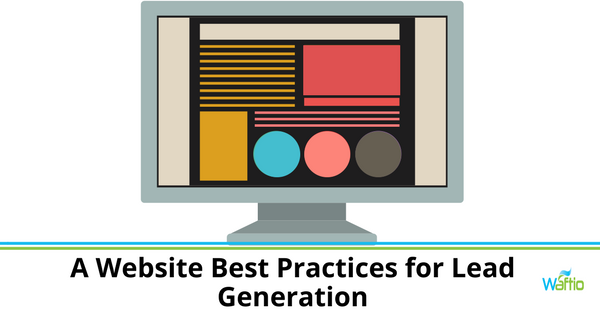The ultimate goal of an inbound marketing campaign is lead generation. Your site can attract a lot of visitors, but if all they do is browse and leave, then your efforts have failed.
To be successful, think of your website as a series of pages with elements that work together to turn a visitor into a potential customer. Lead generation follows a pattern which begins with a blog post, followed by the homepage, ‘about’ section, contact form, and a ‘thank you’ page. Every page corresponds to a step in the marketing funnel, starting with searching for info and ending with a submission of contact details. Let’s take a look at each one:
Blog Post
The blog post is the front liner of your website. It’s what people most often see first when looking for information on search engines. Traffic can come from a link posted on social media. The job of a blog post is to make people aware of your business. It should contain relevant information your target audience finds useful. It should be optimized with the right keywords to rank on the search engine and shared on social media.
Homepage
If your blog post generates interest, visitors will be curious about your business. They’ll go to the home page to learn more about your business and what it does. Make sure your homepage clearly explains what you do and how you do it to make visitors stay on your site and explore more pages. But what kind of details?
Visitors don’t necessarily know what you do. Provide a clear explanation of what your business does and how they help people. So on this page, share testimonials from satisfied customers and site any media attention you’ve gotten. Visitors will find it easy to see the value your business offers from people who have experienced it firsthand.
‘About’ Section
At this point, visitors already know what the business is, but not why it exists and who’s behind it. They want to know your objectives, your values, your vision, and mission. This should be included in your ‘About’ section. This your opportunity to earn visitors’ trust. Humanize your business by introducing yourself and your staff, talking about how the business started and share your vision for the future. People are careful about who they align themselves with. So if a business seems shady, they won’t trust it. Be transparent and open.
Contact Form
If you’ve filled out the first three pages, then it’s a quick step for your visitors to take action like filling out the contact form and leave their contact details. Once you have these, congratulations, you got yourself a lead. You can nurture your leads through email marketing and convert them into paying customers.
‘Thank You’ Page
Although the process of lead generation ends after the submission of a completed contact form, a new process begins right away — nurturing leads. You can start right away by showing heartfelt gratitude beyond the generic “thank you.” On this page, write a personalized message and offer additional value such as an Ebook download and links to more resources.
Do all leads follow this simple flow? Not necessarily, but it should give you a general idea of how visitors behave on websites.

Author: Mike Gingerich, President of web firm Digital Hill, Co-Founder of TabSite .
Digital and Social Media Marketer, Speaker, and Business Consultant. Part geek, part marketer, total digital junkie! Seeking to add value, make the complex simple, and leave a positive impact.
Follow me on twitter: @mike_gingerich.




